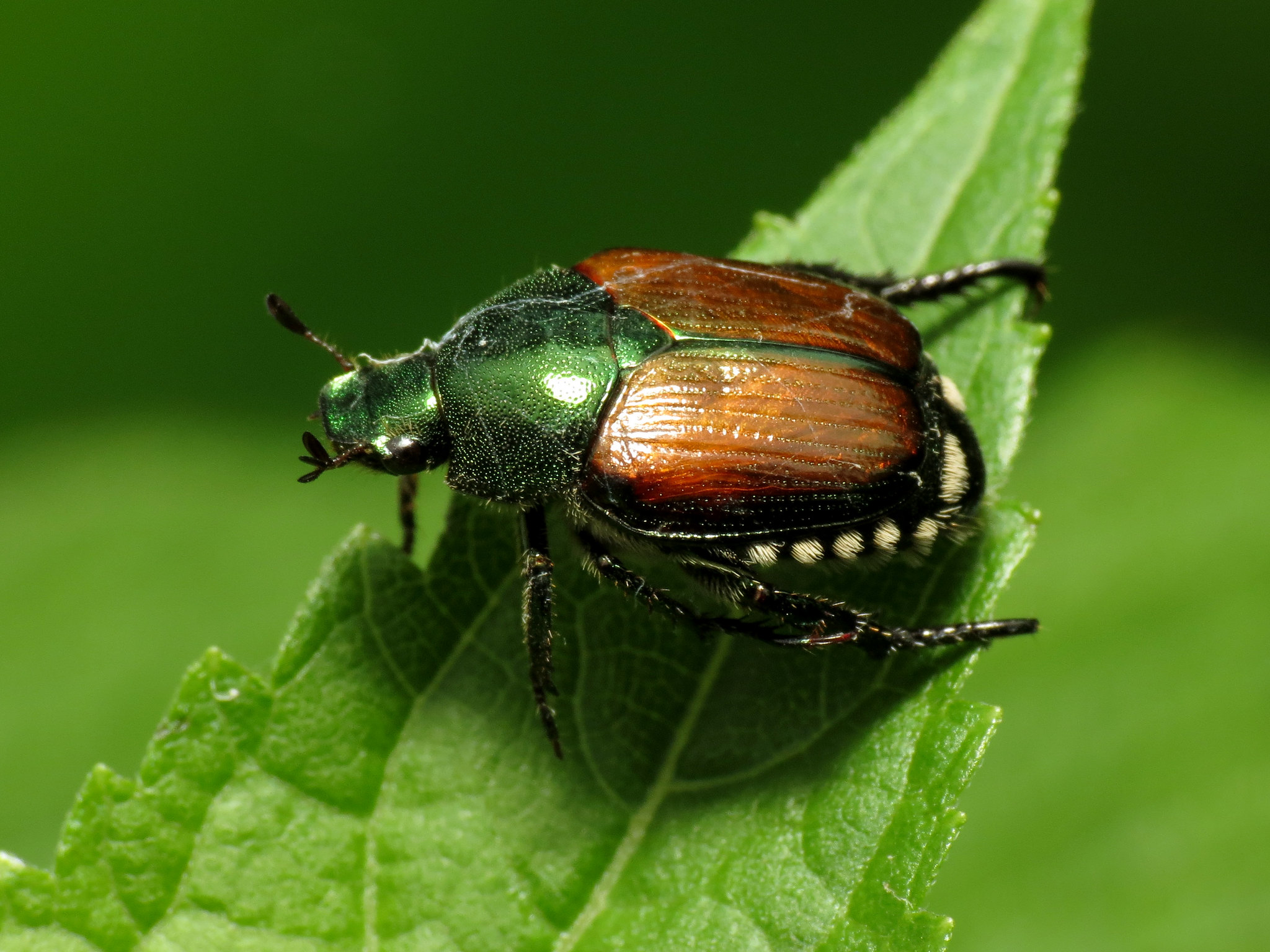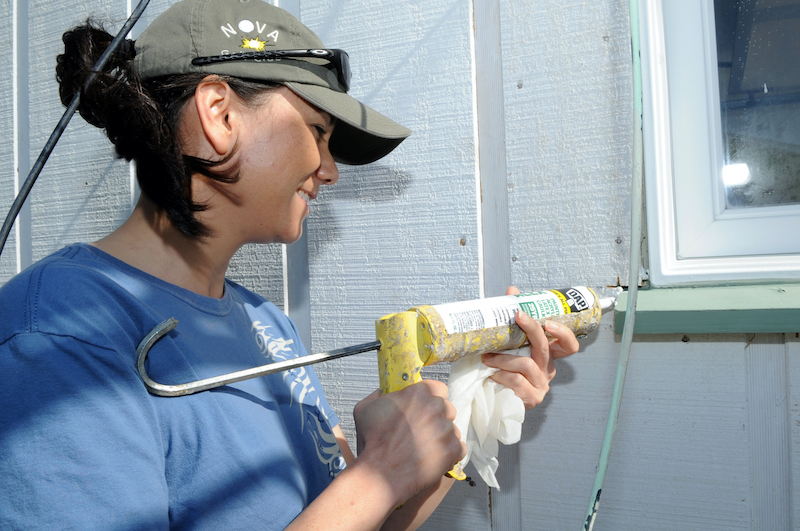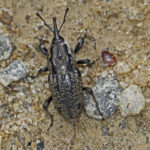
No one likes when those creeping, crawling, and flying bugs come around. Killing them becomes one answer. But educating oneself on other options other than pesticides can help you and other living things in your home and garden. And even when using pesticides, many people don’t do it right which can cause serious problems.

“People don’t follow the label instructions when using pesticides, in particular, and they don’t wear the proper clothing when applying chemicals,” says Gregory Meyer, agriculture and natural resources extension educator for Ohio State University Extension in Warren County. “You have to follow the label at all times.”
Some of the worst of these pests in the Cincinnati area include the Japanese beetle, stink bugs, aphids, and bagworms, Meyer says.
Using pesticides can cause health problems not only to the person using them but harm plants, pets and the others living in your home. Chemicals in pesticides can trigger everything from nausea, vomiting, and headaches to more serious health concerns, such as lung damage, reproductive problems, and cancer, says the Natural Resources Defense Council (NRDC).
Environmentally friendly pest control can lessen the toxicity to those living things and people you don’t want to target.
Integrated Pest Management
Science has found eco-friendly ways to control pests. One way touted is through integrated pest management (IPM).
“Basically, you need to identify the cause of the problem before doing anything. Once you figure out the true reason for the problem, then you decide on how to proceed,” Meyer says. “Some problems don’t need to be fixed. Some do.”
Options for fixing the problem include:
- Biological controls such as letting predators like lady beetles control aphids.
- Cultural control such as planting disease-resistant varieties.
- Mechanical control. That category includes physical removal — hoeing weeds, for example.
- Chemical control. You get out the spreader or sprayer and hit the bugs with poison.
“Chemical controls should be considered as the last option on the list,” Meyer says.
Pest control professionals in Ohio are encouraged by the state to adopt IPM procedures. Those who offer IPM as a service to the public are required to know its tenets and meet state IPM standards.
Helping Plants Survive Pests
Sometimes doing the right things with your plants can help reduce the wrong pests in your yard. Generally, healthy plants do a better job of standing up to problems from diseases and insects.
“Homeowners should focus on plant health, including proper fertilization, good watering practices, spacing your plants correctly, and planting them where they want to grow,” Meyer explains. “Water is the primary killer of plants, either too much or too little.”
Good gardeners look at the environment of their landscape for such things as sun, drainage, soil type, and more, and choose plants that will work there. Gardeners that struggle often choose their plants first and try to change the environment of the landscape to meet the needs of the plant, he adds.
You can also opt for alternative ways of getting rid of pests. In fact, you can just walk down your garden rows and shake plants or tap them with a small broom and potato beetles just fall off into your bucket, according to The Ohio State University.
Some people put a piece of wood or shingle at the base of the plant for squash bugs. They burrow underneath it at night. In the early morning, pick up the board and get rid of them.
Bugs Aren’t All Bad, But They’re Common
Meyer says that some bugs actually are beneficial such as lady beetles, lacewings, praying mantises, spiders, ground beetles, and many more.
A study a few years ago on American homes by the Peer J Journal found that each home contains between 32 and 211 types of bugs. Flies and spiders were the most common — every home had them. Most of the bugs can’t hurt you. But others such as bed bugs and cockroaches need to be exterminated safely.
Deny Pests Access, Food, Shelter

Preventing the bad bugs from invading your home can be as simple as caulking cracks around walls, window and doors.
“Just don’t let them in,” Meyer says.
The next step will be to deny these pests what they want most — food, water, and shelter, says the NRDC.
- Replace holes in your floorboards so ants and termites don’t have a hay day on the rotting wood.
- Clean up stacks of newspapers in your garage or porch so the rats and mice use them for buildings nests.
- Pests do like a messy home. So, get busy mopping, sweeping and vacuuming on a regular basis.
- Put fruit in the refrigerator or leave leftovers uncovered on counters or tables. By washing your dishes and not leaving them in the sink, you can avoid a festival of bugs.
Put Fear of Pests in Perspective
When a bee or wasp hovers around your patio, you may stress out and reach for the Raid. But it’s more common to fear an insect sting than to actually be allergic to one. Thousands of people enter hospital emergency rooms or urgent care clinics every year suffering from insect stings.
The most serious threat is anaphylaxis — a rare reaction that can interfere with breathing. About 90 to 100 deaths per year result in America from insect sting anaphylaxis, according to the American College of Allergy, Asthma & Immunology. It has been estimated that allergic reactions occur in 0.4% to 0.8% of children and 3% of adults. But most of the reactions are mild, limited to redness, pain, hives and itching.
Just remember before getting out the chemicals to kill pests to research the options that can keep you, your family and little Fluffy the cat safe.
Main image credit: Japanese beetle, Katja Schulz, CC 2.0.





